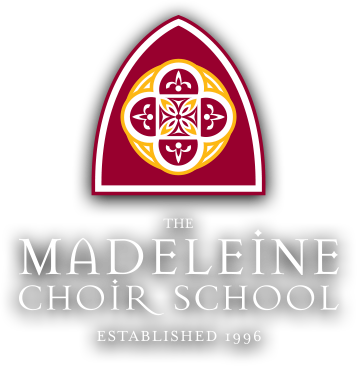Science Curriculum
New Generation Science Standards (NGSS)
Why did we need new science standards?
There is no doubt that science - and therefore, science education - is central to the lives of all Americans. Never before has our world been so complex and scientific literacy is critical to making sense of it all. Science is also at the heart of America's ability to continue innovating, leading, and creating jobs for the future. That's why all students - regardless of whether they pursue college or STEM careers - should have access to a high-quality K-12 science education.
Through a collaborative, state-led process, new K-12 science standards have been developed that are rich in both content and practice, and arranged in a coherent manner across disciplines and grades to provide all students an internationally benchmarked science education. The NGSS were released in 2013 and are being implemented in states and districts across the nation.
For more in-depth information on NGSS please click the following link:
http://www.nextgenscience.org/understanding-standards/understanding-standards
Overview of Key Scientific Practices at The Madeleine Choir School
- Frame testable questions and define problems
- Plan and carry out investigations
- Identify independent and dependent variables
- Control all other variables
- Create and follow procedures
- Make detailed, accurate observations
- Analyze and interpret data
- Model observed phenomenon with words, diagrams, equations, etc.
- Make sense of bivariate relationships
- Construct appropriate graphs
- Make reasonable inferences and distinguish inference from observation
- Use mathematics and computational thinking
- Construct/manipulate formulas for regular relationships between experimental variables
- Read/interpret graphs and data tables
- Statistically analyze data
- Construct scientific explanations
- Integrate observations and content understanding
- Use cause and effect reasoning
- Use models, analogies
- Integrate quantitative and qualitative explanations
- Engage in argument from evidence
- Evaluate the validity others’ data and inferences
- Conduct research
- Communicate scientific information
It’s Always Full S.T.E.A.M.2 Ahead at the Choir School!
STEM (the integration of science, technology, engineering, and mathematics) has been at the forefront of education reform over the last decade, but S.T.E.A.M.2 has pumped through the veins of the Choir School for the past two decades.
What is S.T.E.A.M.2?
S.T.E.A.M.2 is the emphasis and integration on science, technology, engineering, mathematics, and the arts and music. This avant-garde movement is gaining momentum in the education field. Education advocates are arguing for the importance of the arts in fostering the innovation that so many expect to come from STEM education. “
"S.T.E.A.M.2 implements our belief that students best learn science by acting as scientists,” explains MCS Science Instructor, Cari Pinkowski. “Students who actively participate in asking questions, designing procedures, carrying out investigations, and analyzing data, take responsibility for their own learning and develop a deep understanding of scientific content.” The same design technique goes for innovation in the arts.
The Choir School has known about the importance of the arts and innovation since its inception in 1996. What the movement really does, rather than simply add art and music, is work on developing high-order design and engineering skills while allowing students to innovate and invent on their terms. It forces students to produce original work using STEM, but gives them the choice of how to do so and what to produce, which makes all the difference.
Check out our second grade Invention Fair next winter and you will see innovation at its finest. This S.T.E.A.M.2 event culminates a unit on inventors and innovative people, while focusing on notable inventions and simple machines. As a learning task, students are required to design and create an original invention that addresses a problem in their immediate world. Each invention must include one simple machine. Check out the incredible work from year's past pictured here.

